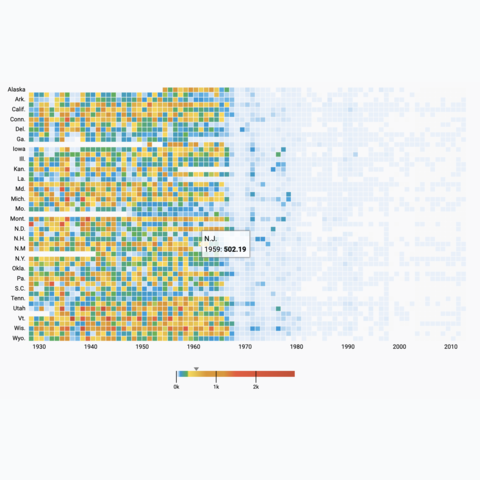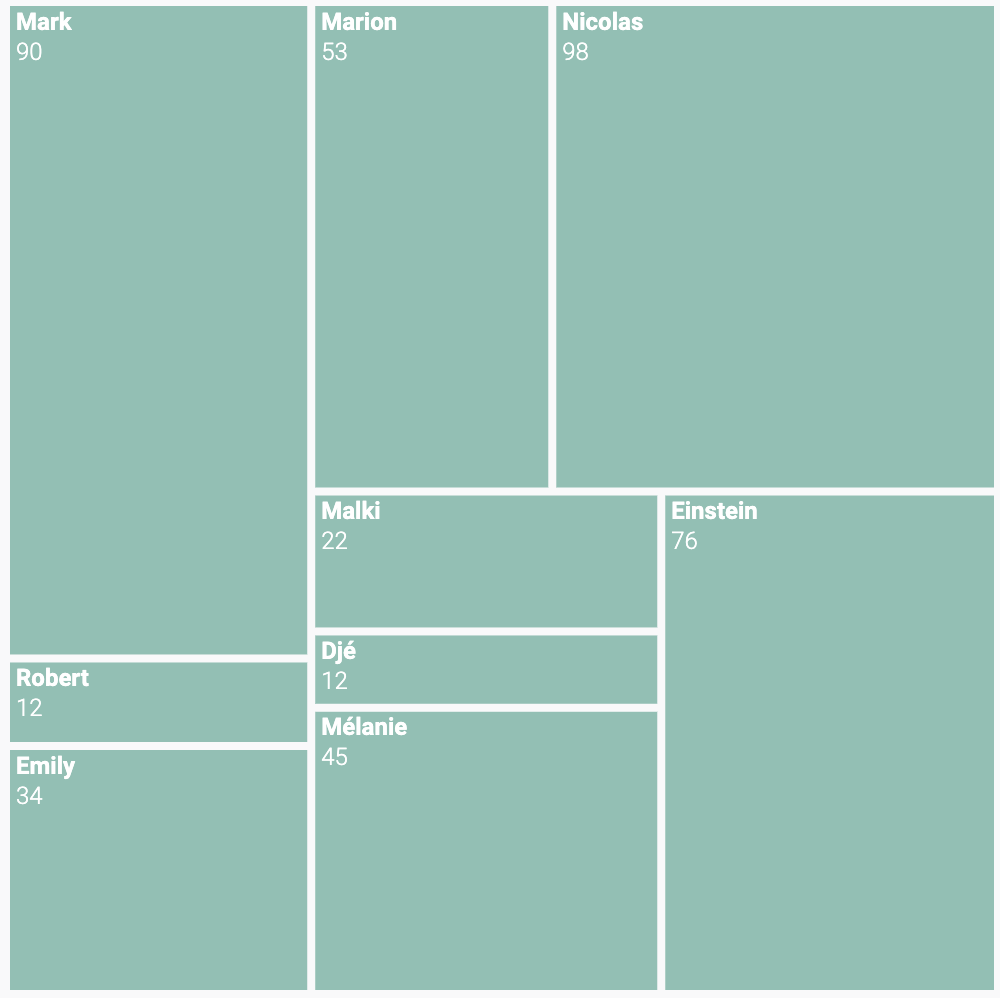Strategy 1: CSS pseudo element
The simplest strategy.
Let's explore how to use a CSS pseudo-class to modify only the graph item that is being hovered over.
What is a pseudo class
A CSS pseudo-class is a keyword added to a CSS selector that specifies a special state of the selected element(s). You can learn more about pseudo-classes in the MDN doc.
Essentially, this means you can assign a class to each shape in a graph and change its appearance when the user hovers over it.
Here is an example:
.scatterplotCircle {
cursor: pointer;
fill-opacity: .3;
stroke-width: 2px;
}
.scatterplotCircle:hover {
fill-opacity: 1;
stroke-width: 1px;
}Application on a scatterplot
Consider a scatterplot with multiple SVG circle elements, each assigned a .scatterplotCircle class. In the CSS file, you can set the fill-opacity to 0.3 using this class.
To change the appearance on hover, use the .scatterplotCircle:hover selector to increase the opacity to 1.
Strategy 1: use a pseudo-class to change the appearance of the hovered marker
Pros & Cons
- Easy to implement
- Excellent performance (no JS computation, minimal redrawing)
- Poor design: non-hovered circles remain prominent, so the highlight effect is weak
- If the highlight information comes as a prop, another solution is needed
More examples
The examples below all use this strategy to implement their hover effect.

Vaccination heatmap
Reproduction of a famous vaccination heatmap using d3 and react

Basic treemap
Most simple treemap, with 1 level of hierarchy only